Affiliate links on Android Authority may earn us a commission. Learn more.
What is image stabilization? OIS, EIS, and HIS explained
Published onNovember 21, 2023
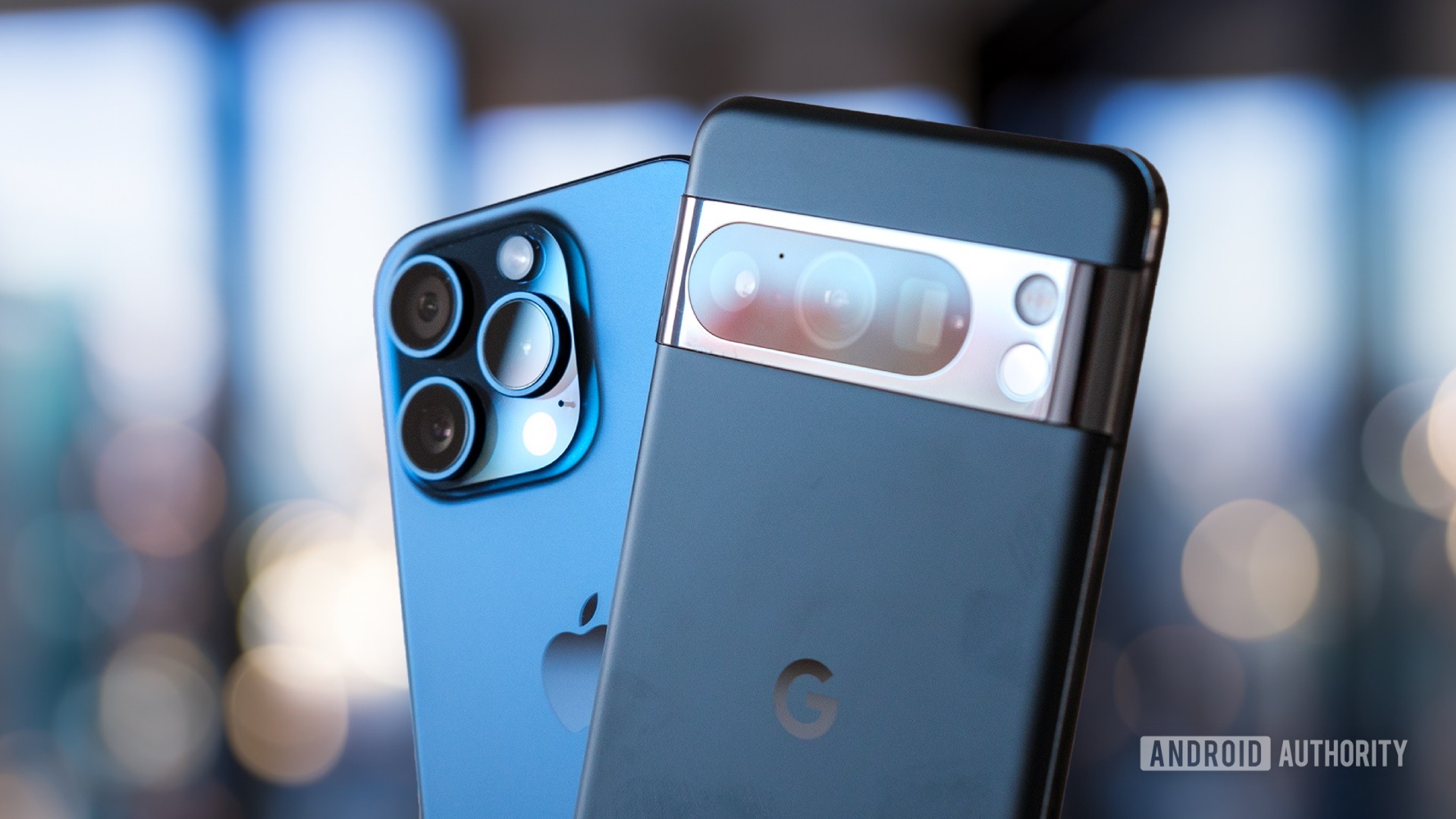
Smartphone camera technology is built from many parts, from sensors and lenses to laser focusing systems. Image stabilization is, increasingly, one of the fundamental building blocks of a great smartphone camera.
Also, we’ll use many photography-related words you might not understand. If in doubt, you can refer to our dedicated post on photography terms you should understand.
What is image stabilization?
Image stabilization refers to methods used to stabilize a camera system. These usually compensate for yaw, tilt, and roll movements. Whether using hardware or software, image stabilization can really improve photos, especially when shooting at slower shutter speeds, using a hand-held camera, or in other shaky scenarios.
Image stabilization is essential for, well, stabilizing your images or videos. Without it, your snaps and selfies can come out a blurred mess, and videos might look like they’ve been shot for an 80s B-movie. A camera’s shutter has to be open to capture light. While this is happening, the slightest movement can smear your image. This is especially true when the shutter is open for a long time, such as when shooting in the dark.
You could stabilize your camera with a tripod or monopod. It’s not always convenient to carry these around, though. Not to mention, there’s something magical about impromptu clips.
The luxury of image stabilization has become a necessity.
With HDR and night modes being more prevalent in our smartphones, the luxury of image stabilization has become a necessity. Virtually all modern smartphones provide image stabilization on at least one camera. However, there are a few different types of image stabilization. Let’s get you acquainted with them.
Optical Image Stabilization (OIS)
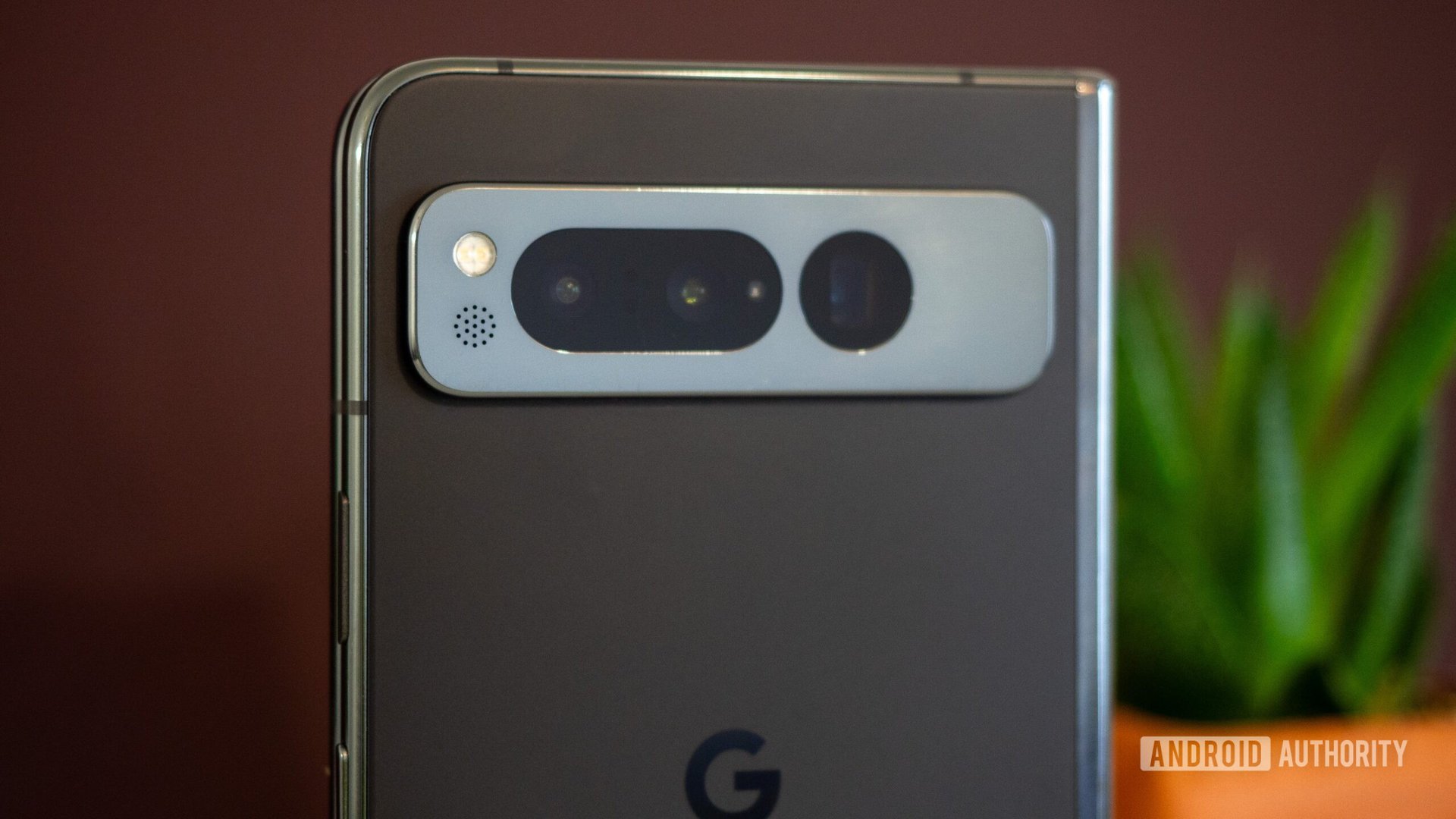
OIS is a hardware solution that uses a micro-electromechanical system (MEMS) gyroscope to detect movement and adjust the camera system accordingly. For example, if you are holding your smartphone and your hand moves slightly to the left, the OIS system will pick up on this and shift the camera slightly to the right.
As a hardware solution, this doesn’t require any cropping of the image, meaning that the phone uses a full sensor readout to capture the photograph. A byproduct of this is zero-distortion video since you don’t get the jelly effect that comes from digital stabilization. OIS makes for far more natural video, too, since you’re not applying an effect to the video.
Constructing good OIS hardware isn’t cheap, which adds to the bill of materials cost and ultimately means you’ll pay more for your OIS-equipped smartphone, though it’s becoming much more common recently. It also turns the camera module’s typically static element into another moving part. It’s infrequent, but sometimes moving parts in an OIS system can malfunction, as is the case with any mechanical product.
OIS is a valuable tool, whether you are shooting videos or photos. It’s particularly adept in low-light scenarios, where the camera’s shutter may be open for longer. Without OIS, this can blur images due to slight hand movement, commonly known as motion blur. With OIS enabled, slight shakes are canceled out, making for crisper photos. The same goes for telephoto captures, where minor shakes are amplified due to the distance from the subject.
Electronic Image Stabilization (EIS)

EIS attempts to do what OIS does, but without the physical hardware. This works by utilizing your smartphone’s accelerometer to detect small movements. The camera software interprets those movements and aligns each frame together. For images, this is crucial in HDR and night mode processes, where the camera takes multiple pictures in a short space of time.
For video, the software will find a high contrast point and attempt to keep that point in the same part of the frame. More modern examples of EIS use machine learning to detect the subject and lock the stabilization, accordingly. A common trade-off with using EIS is that it can produce unnatural-looking distortion from slight changes in perspective. This is what’s known as the jelly effect.
Arguably the biggest drawback of this stabilization method is the crop required for the process. With EIS enabled, you no longer see the entire sensor in the output. The edges of the sensor image are used as a buffer zone. The stabilized image can be moved around within this margin, keeping the subject stationary in the frame. Without the buffer zone, you would cut off the edges of the image as the stabilization moved around.
Hybrid Image Stabilization (HIS)
Hybrid Image Stabilization is, as the name suggests, a combination of both OIS and EIS. It’s an excellent all-around solution. OIS provides the essential hardware stabilization, and then EIS further smooths out the video footage. Due to the benefit of having OIS, the EIS crop factor doesn’t have to be as extreme. The buffer around the edges of the image can be smaller, resulting in a subtler crop and less of an impact on the final frame.
For images, there’s not really any benefit to a hybrid system. The OIS part will ensure shake-free shooting in all the desired scenarios. However, EIS adds stability to HDR, Night Mode, and multiple exposure night shots.
If you’re wondering what the results look like, above is an example from Google’s Pixel 2, which was the Android giant’s first phone to use an OIS and EIS hybrid system.
A bit on sensor image stabilization
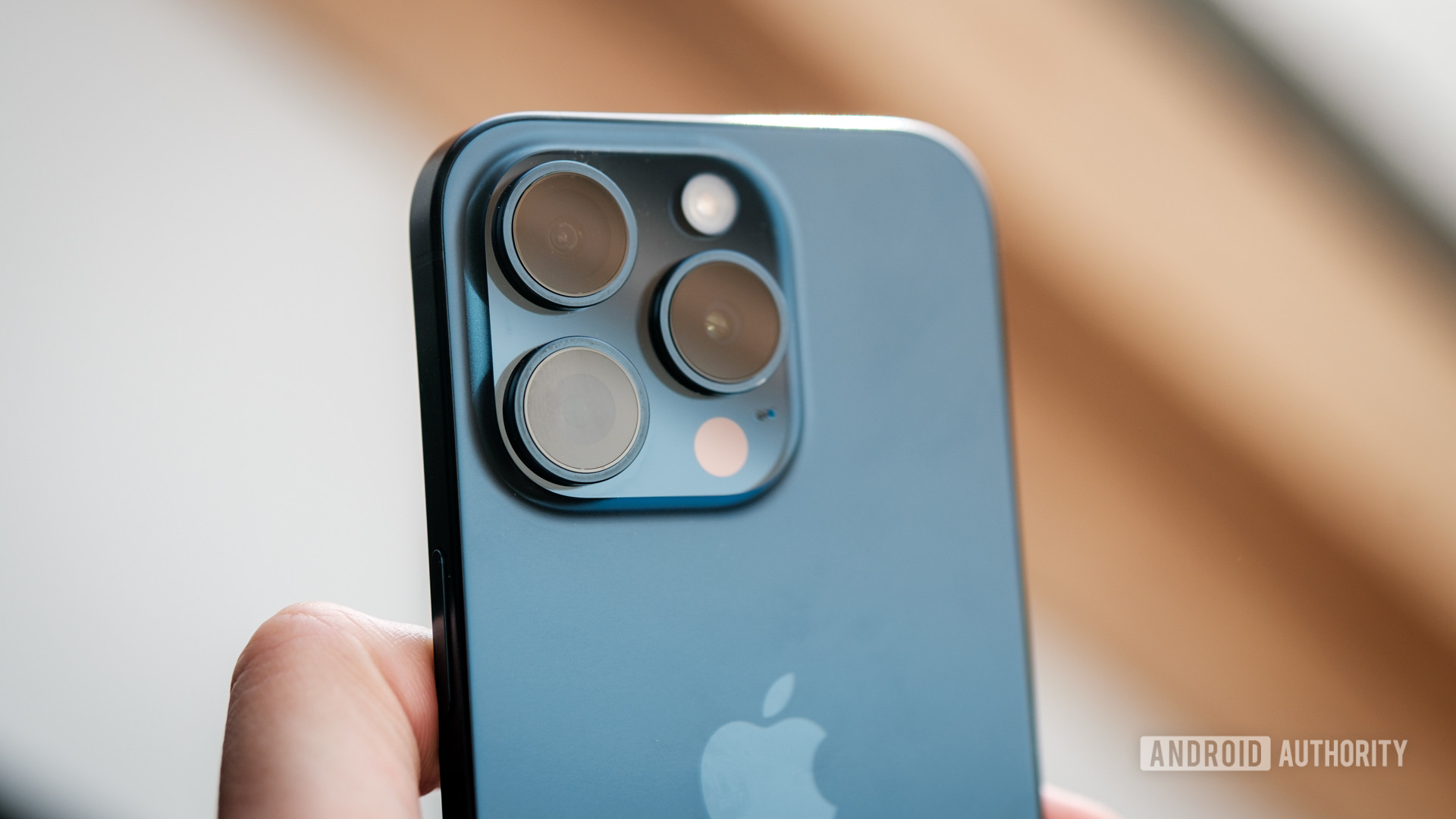
OIS moves the actual camera lenses to stabilize the image. EIS does this with post-processing. There is another form of image stabilization that is much less popular in modern smartphones, though. Sensor image stabilization moves the actual image sensor to stabilize the image.
Not many mainstream phones have this. In fact, Apple has pretty much been the only major manufacturer to make this feature mainstream. Starting with the iPhone 12 series, the company has added this mechanism to most of its smartphone cameras. Apple calls it “sensor-shift OIS.” It was only on the iPhone 12 Pro Max, back then. After that, all versions of the iPhone came with sensor-shift OIS. There have been rumors of Samsung working on sensor image stabilization, but we haven’t seen anything so far.
In traditional cameras, the advantage of sensor image stabilization is that it is much faster. A camera’s image sensor is much lighter than the glass in lenses. For example, Apple’s sensor-shift OIS can move about 5,000 times per second. This should be about five times faster than traditional OIS.
What if Hybrid isn’t enough? Try a gimbal!
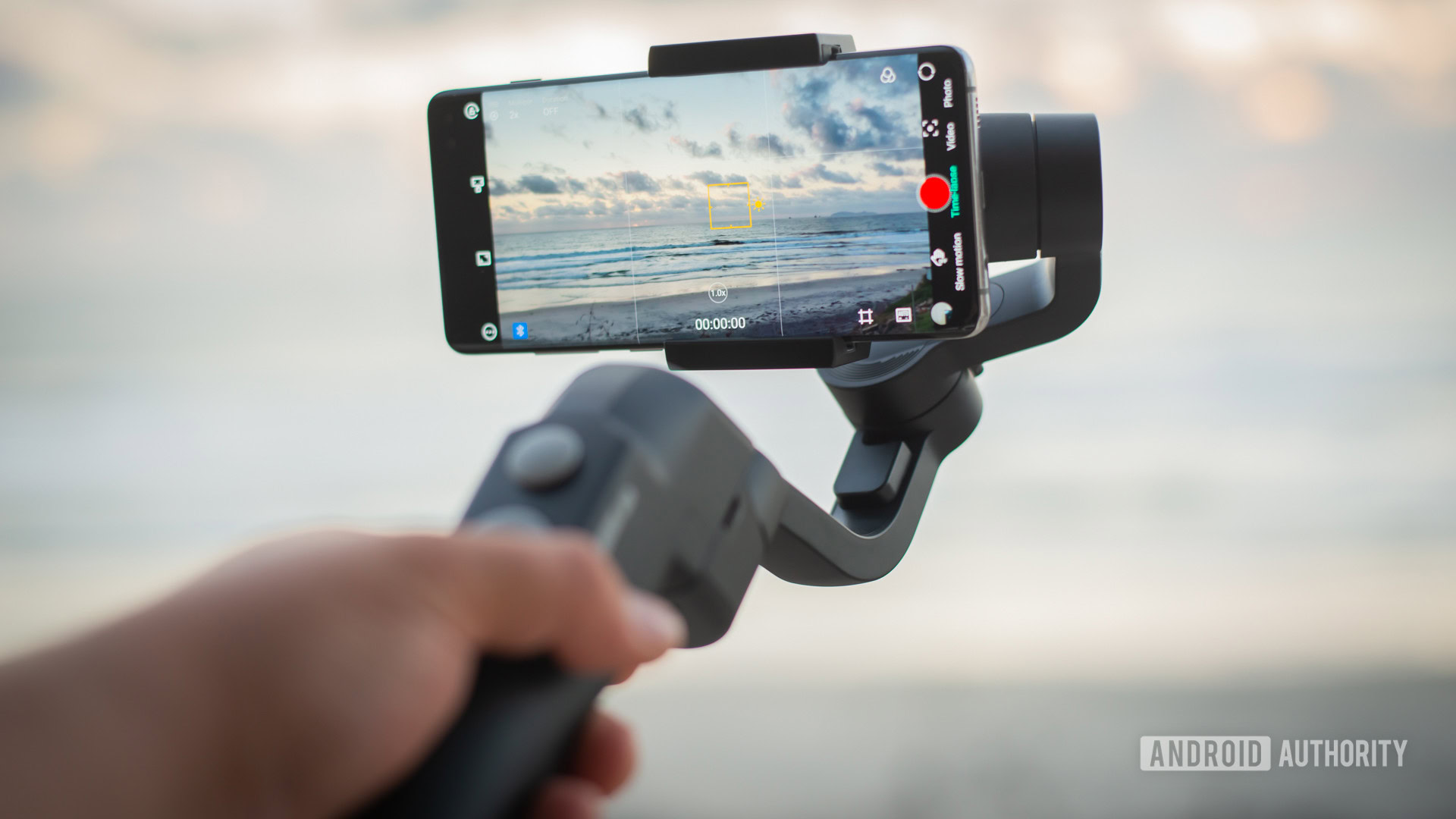
If you’re still unhappy with the smoothness of your smartphone video footage, one final trick would be to use a gimbal. These are essentially large gyroscopes that, when balanced correctly, keep your phone in the same orientation. Motors counteract the movement of your hands by moving the camera in the opposite direction. These are great tools to use in combination with your phone’s OIS or EIS.
Furthermore, gimbals give the added benefit of letting you control the motors to create smooth pan and tilt movements. There is usually a joystick in the handle. This will allow the user to manipulate the gimbal’s movements. These gimbals cost anywhere from $50 to $140 or more, depending on the make, model, features, and accessory kit. That’s quite a good amount of cash, but serious mobile videographers might deem it a worthy investment.
We have a list of the best smartphone gimbals, if you’re looking for some worthy options.
What should you pick?
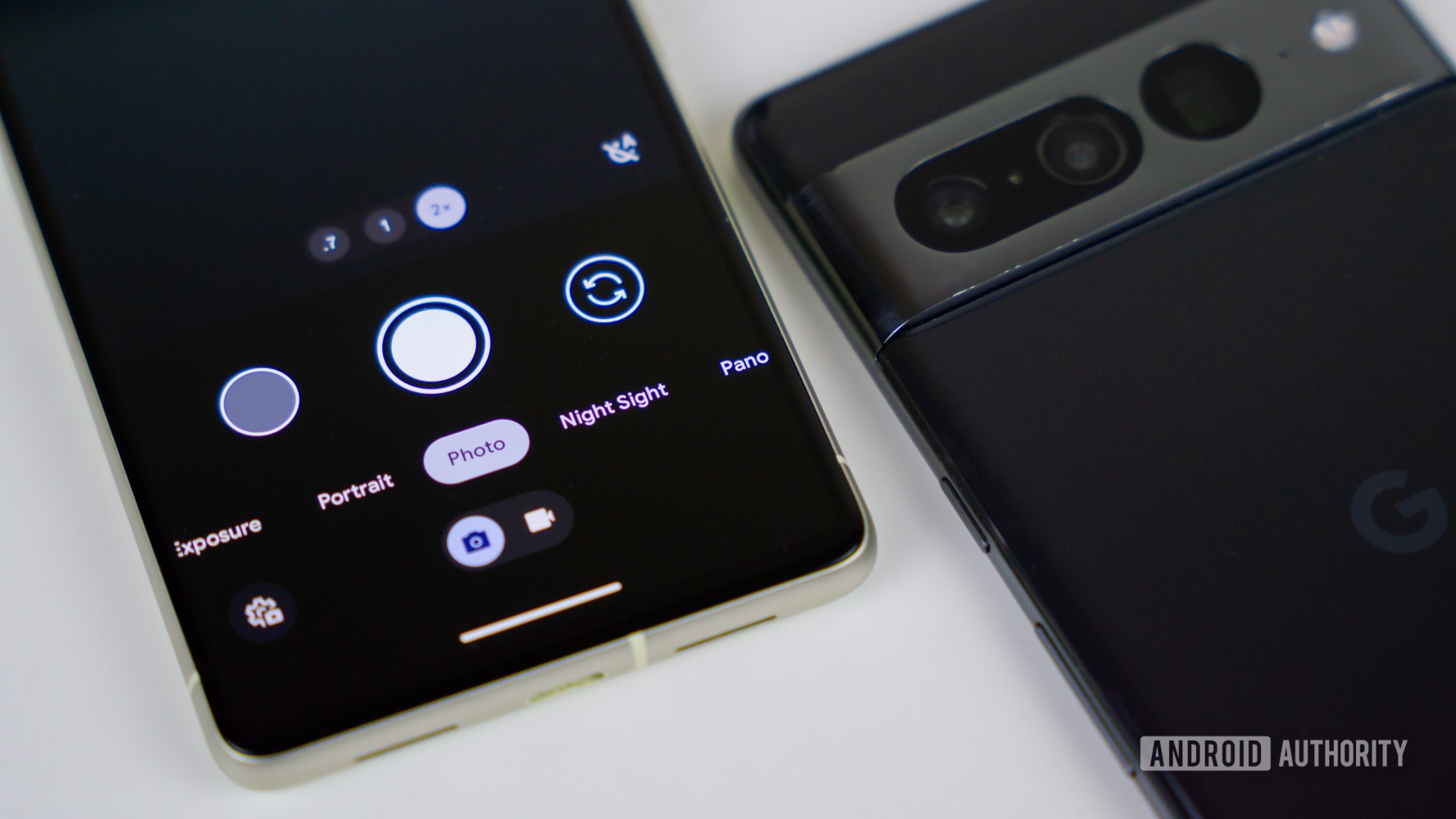
The hybrid method is a no-brainer if you want the best of both worlds. Thanks to the OIS element, you get the natural stability in video, and EIS will take care of the rest. Thankfully, all main cameras on smartphones have some form of EIS, with the majority also having OIS. These days, as long as you’re spending reasonable money, you don’t need to worry about stabilization quality. And more recently, even some budget phones have taken advantage of these technologies. Things like dynamic range, the field of view options, and color processing will all have a far more significant effect on your final footage.
If you have to choose between OIS and EIS, pick the former.
If you have to choose between OIS and EIS, pick a camera phone that offers a hardware-based solution. It’s less artificial-looking for video, and far more effective for still images. If you’re after a good quality zoom lens on your next smartphone, make sure that said lens has OIS. Ultrawide lenses don’t require OIS in video modes due to the larger field of view combined with EIS. This means that while there is a crop, it’s nowhere near as extreme as if it were applied to a longer focal length.
If you need some help picking the right device, we have lists of the best camera phones and the best budget camera phones.
Unless you want to create short films with your mobile, you might not need a gimbal. Hybrid IS technology is advancing quickly. Even modern mid-range phones offer excellent image stabilization capabilities.
FAQs
OIS stands for optical image stabilization. It’s a type of image stabilization that uses mechanical movement to compensate for sudden movements and shakes.
Electronic Image Stabilization aims to replicate OIS, but solely using the software. Essentially, it does so by detecting movements using the gyroscope, and then adjusting image frames accordingly.
HIS uses both OIS and EIS to stabilize images. This means it depends both on hardware and software, taking the best of both worlds and providing optimal stabilization performance.
Optical Image Stabilization is preferred among professionals and enthusiasts, mainly because it’s a lossless method that requires no major editing or cropping. That said, there is only so much OIS systems can do. This is why many still prefer Hybrid Image Stabilization.